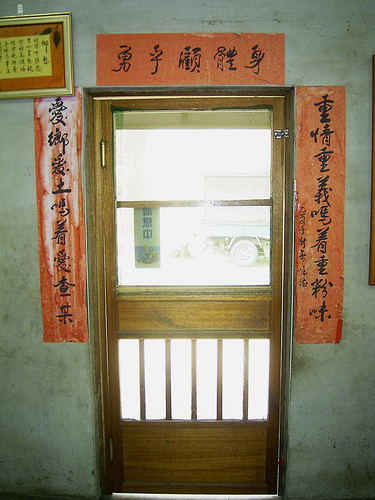Gāo Xuéguì (高学贵 / 高學貴), the director of the illiteracy eradication office of the basic education department of China’s Ministry of Education, has acknowledged that illiteracy in China increased between 2000 and 2005, in large part because people are losing the literacy they were said to have acquired. Although the figures for literacy are still inflated, the admission is a refreshing bit of directness from a government not known for its willingness to release bad news about itself.
The number of illiterates in China grew by more than 30 million between 2000 and 2005 despite its efforts to eradicate illiteracy, a senior official has said.
Though over 9.75 million adults learnt to read and write during this period, the number of illiterates in the country rose to 116 million, said Gao Xuegui, director of the illiteracy eradication office of the basic education department of the Ministry of Education.
The number of illiterates in China accounted for 11.3 percent of the world’s total in 2000, right after India, and 15.01 percent in 2005. That means many people who had come out of the illiteracy trap forgot what they learnt.
“The situation is worrying,” Gao said. “Illiteracy is not only a matter of education, but also has a great social impact.”
China defines literacy as the ability to read and write at least 1,500 Chinese characters.
“Given the increase in the number of illiterates, the country may not be able to meet its target of a 50-percent reduction in its illiterate population by 2015 as projected by UNESCO,” said China National Institute for Educational Research scholar Guo Hongxia.
A worrying factor, as Gao said, is the changing demography of illiterates in the country.
For instance, the western regions now have only about 40 million illiterates. In contrast, the central and eastern parts, which have a high population density, account for two-thirds of them, with 9.63 million being in Shandong alone.
A major reason for the rebound in the illiterate population is the changing perception of knowledge in the market economy. Farmers today can earn money by working as laborers, too. So they tend to ignore the nine-year compulsory education despite having access to it, Gao said.
Another factor that ironically contributed to the increase in the illiteracy rate is the success of the illiteracy eradication campaign of the previous years because that led many local governments to “eradicate” the departments in charge of the program itself, Gao said.
But despite the setback, the illiteracy eradication office is determined to fulfill its mission, for which it’s seeking 100 million-yuan ($12.9 million) this year.
The existing budget of 8 million yuan ($1.03 million), it says, is not enough because it allots a paltry 0.07 yuan (or less than 1 cent) to each illiterate person.
The extra money, the office says, will be used to build a team of illiteracy eradication professionals on government payroll and to offer subsidy to volunteers.
Projects to eradicate illiteracy among 80 million women and the ethnic minorities are already under way.
But some local governments haven’t shown a long-term commitment to the program, with a few even trying to bend the rules, said Wu Qing, honorary councilor of Beijing Cultural Development Centre for Rural Women, an NGO that helps with the literacy campaign.

